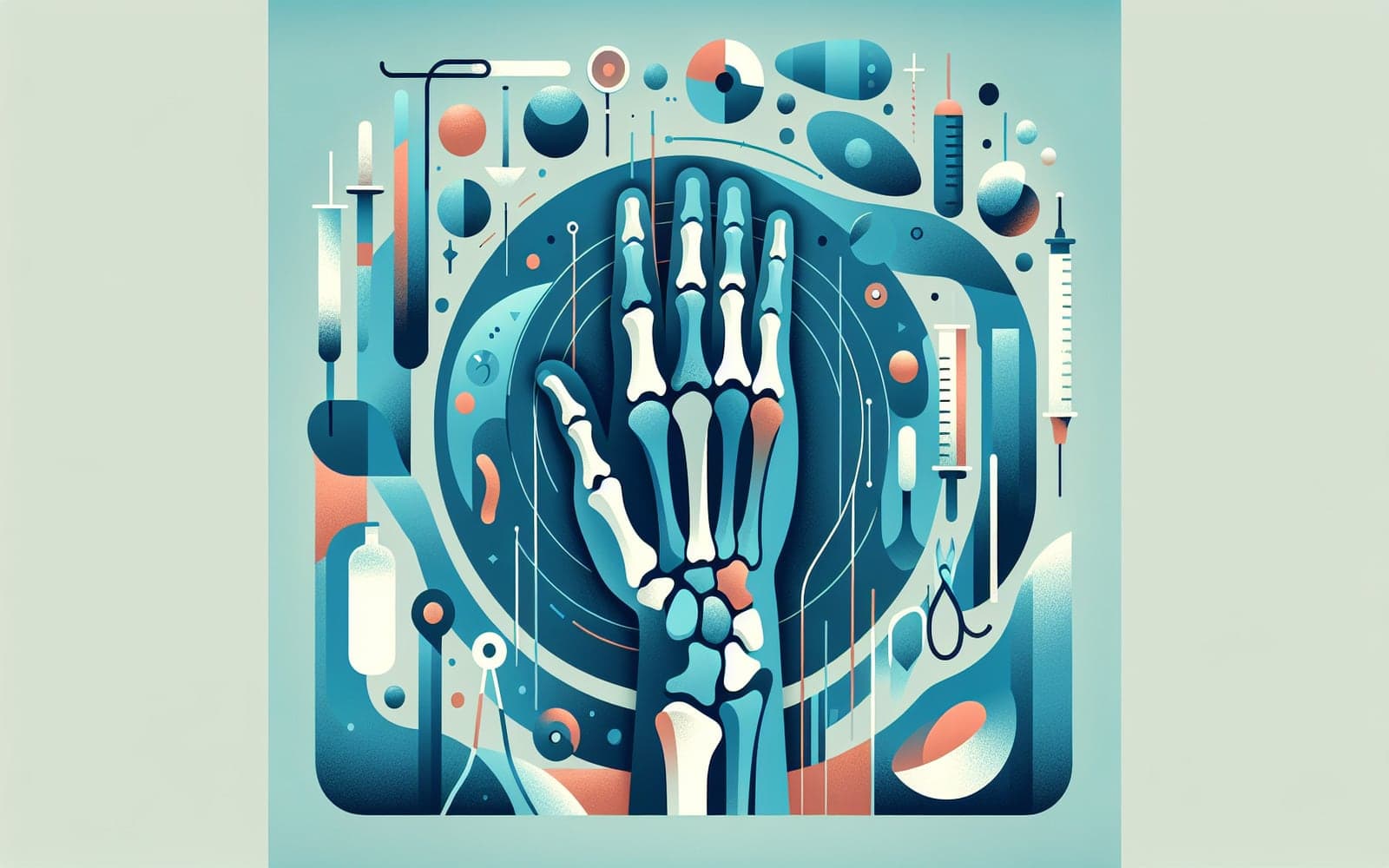What's Behind Middle Phalanx Fractures?
Published: Sep 12, 2023

Medically reviewed by Becky Powers | MD, The University of Texas Medical School - Houston, Texas on September 12th, 2023.
Middle phalanx fractures are common injuries affecting the fingers, often caused by blows or twisting. Understanding their nature helps in effective treatment and recovery.
Contents
Understanding the Anatomy
The middle phalanx is a crucial part of the finger, connecting with key joints like the PIP and DIP. Tendons and ligaments stabilize these joints, ensuring smooth motion. Any injuries here can disrupt this balance, leading to pain and dysfunction.
Causes and Common Injury Patterns
Middle phalanx fractures usually result from direct impacts, like a ball hitting the hand. They can also occur from twisting motions, which might be mistaken for sprains. Recognizing these causes helps in identifying the right treatment approach.

Symptoms to Watch For
Pain and swelling are common signs of a middle phalanx fracture. Bruising may appear, and movement could be restricted. Tenderness at the injury site is also a key indicator to consult a healthcare provider.
Frequently Asked Questions
Direct impacts or twisting motions often lead to these fractures.
Look for pain, swelling, and restricted finger movement.
Doctors use physical exams and imaging like X-rays to diagnose these fractures.
Key Takeaways
Understanding middle phalanx fractures is crucial for effective treatment and preventing long-term damage.
Curious about finger fractures? Talk with Doctronic to learn more!Related Articles
References
Blazar PE, Steinberg DR. Fractures of the proximal interphalangeal joint. J Am Acad Orthop Surg 2000; 8:383.
Eiff P, Hatch R, Calmbach W. Finger fractures. In: Fracture Management for Primary Care, 2nd, Saunders, Philadelphia 2003. p.49.
This article has been reviewed for accuracy by one of the licensed medical doctors working for Doctronic. Always discuss health information with your healthcare provider.

